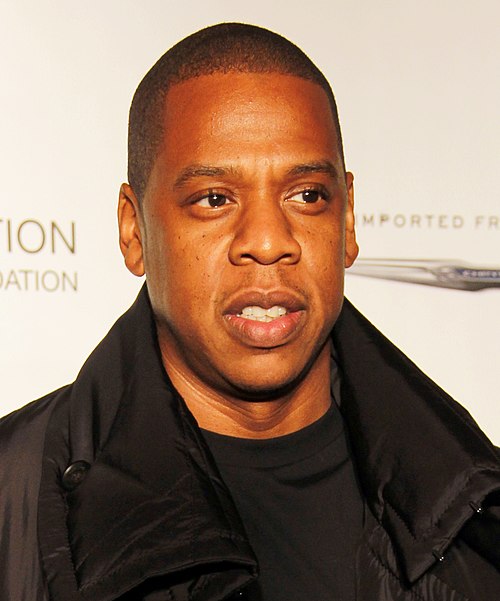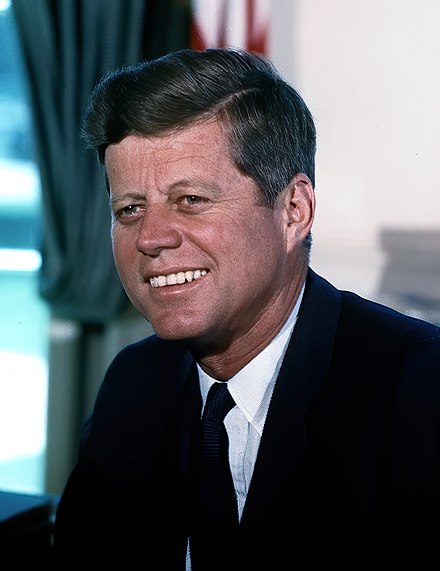
Bill Gates
Category
Technology
Nationality
American
Occupation
Businessman
William Henry Gates III (born October 28, 1955) is an American businessman and philanthropist best known for co-founding the software company Microsoft with his childhood friend Paul Allen. He later held the positions of chairman, chief executive officer (CEO), president, and chief software architect of the company. Gates was also its largest individual shareholder until May 2014.[a] He was a pioneer of the microcomputer revolution of the 1970s and 1980s.
Similar Characters
Explore other characters with similar personality traits
MBTI Personality Profile:
Personality Analysis
1. MBTI Type Assessment
Type: INTJ (The Architect)
- Introversion (I): Gates is known for his reserved and private nature, preferring deep intellectual discussions over socializing. He often worked alone for long hours during Microsoft’s early days.
- Intuition (N): His visionary approach to technology and ability to foresee the potential of personal computing demonstrate strong intuition. He focused on future possibilities rather than immediate details.
- Thinking (T): Gates is highly analytical and logical, making decisions based on efficiency and strategic value rather than emotions. His competitive business tactics reflect this.
- Judging (J): He is highly structured, goal-oriented, and decisive, as seen in Microsoft’s rapid expansion under his leadership.
2. Cognitive Function Stack Analysis
- Dominant Function: Introverted Intuition (Ni) – Gates had a long-term vision for computing and consistently anticipated industry trends (e.g., the shift to graphical user interfaces).
- Auxiliary Function: Extraverted Thinking (Te) – He implemented systematic, efficient business strategies and structured Microsoft’s operations with clear objectives.
- Tertiary Function: Introverted Feeling (Fi) – While not dominant, his philanthropic work (e.g., the Gates Foundation) suggests personal values driving his later decisions.
- Inferior Function: Extraverted Sensing (Se) – Less developed; he was not particularly drawn to sensory experiences or impulsive actions, preferring strategic planning.
3. Key Personality Traits Summary
- Visionary – Saw the potential of personal computing before most.
- Analytical – Made data-driven decisions in business and philanthropy.
- Competitive – Aggressively pursued market dominance (e.g., Microsoft vs. Apple).
- Independent – Prefers working alone or in small, trusted teams.
- Strategic – Long-term planning in both business and global health initiatives.
4. Behavioral Pattern Analysis
- Work Ethic: Extremely disciplined, often coding for days without breaks in Microsoft’s early years.
- Leadership Style: Direct, demanding, and focused on measurable results (e.g., Microsoft’s “hardcore” culture in the 1980s-90s).
- Problem-Solving: Prefers logical, systemic solutions (e.g., his approach to global health through data-driven philanthropy).
5. Enneagram Type Analysis
Type: 5w6 (The Investigator with a Loyalist Wing)
- Core 5 Traits: Intellectual curiosity, need for mastery, detachment from emotions.
- Wing 6 Influence: Strategic risk assessment, loyalty to close collaborators (e.g., Paul Allen, Warren Buffett).
6. Big Five Personality Traits
O:90, C:85, E:50, A:65, N:40
- Openness (O:90): High creativity and visionary thinking.
- Conscientiousness (C:85): Extreme discipline and structured work habits.
- Extraversion (E:50): Ambiverted; engages in public speaking but prefers solitude.
- Agreeableness (A:65): Pragmatic rather than overly warm, but philanthropic.
- Neuroticism (N:40): Emotionally stable under pressure.
7. Supporting Evidence
- MBTI INTJ: His long-term tech predictions (e.g., “A computer on every desk”) align with Ni dominance.
- Enneagram 5w6: His deep research into global health (e.g., malaria eradication) reflects a Type 5’s thirst for knowledge.
- Big Five: His methodical philanthropy (e.g., data-driven vaccine distribution) supports high Conscientiousness and Openness.
Final Assessment
MBTI Type: INTJ
Enneagram Type: 5w6
Big Five Traits: O:90, C:85, E:50, A:65, N:40
Supporting Evidence
Bill Gates exemplifies the INTJ archetype—a strategic, independent thinker with a relentless focus on long-term impact, both in business and philanthropy. His cognitive functions and behavioral patterns consistently align with this profile.
Cognitive Function Stack
Confidence: 90%The cognitive function stack represents how an individual processes information and makes decisions based on the MBTI theory.
Auxiliary Function: Ex
Extraverted Function - Focusing on and drawing energy from the external world, people, and activities.
Dominant Function: In
Introverted Function - Focusing on and drawing energy from internal thoughts, feelings, and reflections.
Inferior Function: Ex
Extraverted Function - Focusing on and drawing energy from the external world, people, and activities.
Tertiary Function: In
Introverted Function - Focusing on and drawing energy from internal thoughts, feelings, and reflections.




